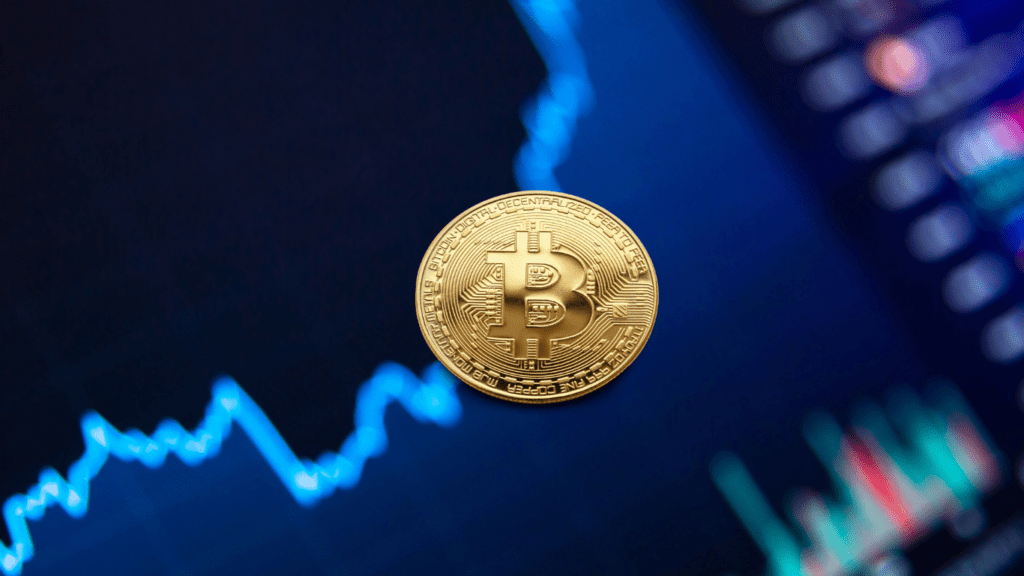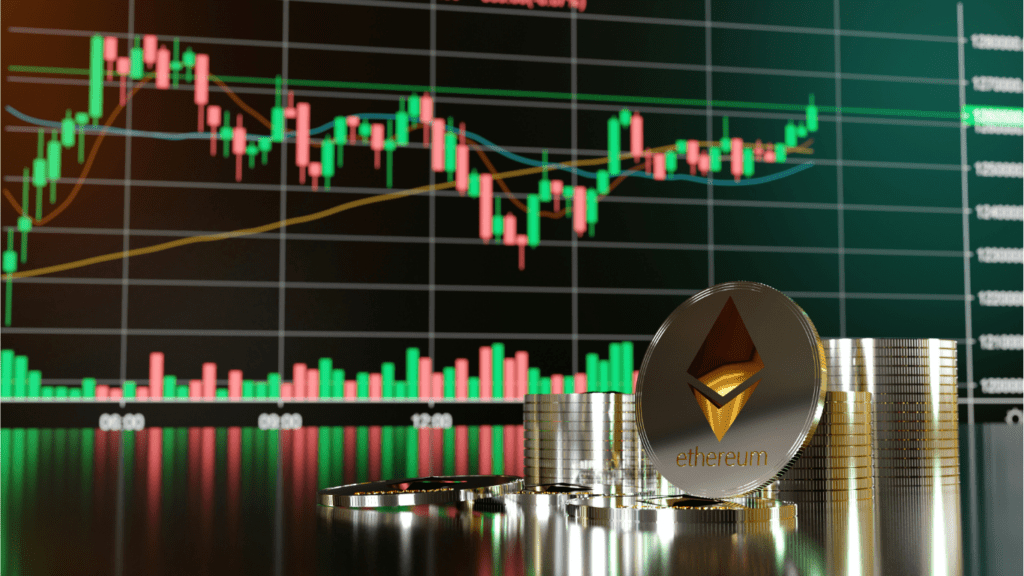Understanding market sentiment is like catching the pulse of the financial world. It’s a powerful force that drives decisions, shapes trends, and influences everything from stock prices to cryptocurrency movements. Whether it’s fear gripping investors or greed fueling bold risks, sentiment often dictates the market’s direction more than fundamentals.
What Is Market Sentiment Analysis?
Market sentiment analysis evaluates the overall attitude of investors toward financial markets or specific assets. It measures the emotional state influencing buying and selling behaviors.
Understanding Fear and Greed in Markets
Fear and greed drive major market trends. Fear often leads to selling, driving prices down, as investors try to avoid losses. Greed, on the other hand, fuels buying, pushing prices up, as the potential for profit increases. Both emotions frequently override rational decision-making, making their impact critical in analyzing price movements. For example, excessive greed can result in bubbles, while extreme fear may lead to market crashes.
Importance of Market Sentiment in Decision-Making
Market sentiment directly influences investor decisions and asset prices. Positive sentiment encourages risk-taking, increasing demand for equities, while negative sentiment triggers defensive strategies like moving to bonds or cash. Understanding sentiment allows investors to gauge market trends and align strategies to market dynamics. Analyzing metrics like the CNN Fear & Greed Index or volatility indices can offer actionable insights into prevailing emotions.
Tools and Techniques for Market Sentiment Analysis

Analyzing market sentiment effectively requires diverse tools and methodologies that evaluate emotions influencing market trends. These tools combine quantitative and qualitative approaches to interpret investor psychology.
Sentiment Indicators
Sentiment indicators quantify the emotional mood of the market using data-driven metrics. Common tools include the CNN Fear & Greed Index and the AAII Sentiment Survey. The Fear & Greed Index measures seven market factors like stock price strength and credit demand, while the AAII Survey aggregates retail investor opinions weekly. High fear levels often signal bearish behavior, while elevated greed points to overbought conditions.
Sentiment Analysis Algorithms
Sentiment analysis algorithms process large datasets to identify patterns in trading behaviors. These algorithms use natural language processing (NLP) to analyze:
- news headlines
- financial reports
- investor communications
I leverage machine learning tools like TensorFlow or PyTorch to classify sentiment-driven textual data into positive, neutral, or negative categories. Algorithms improve predictive accuracy, especially in dynamic markets.
Role of Social Media Data
- Social media platforms provide unfiltered insights into real-time market sentiment.
- Platforms like Twitter or Reddit reflect retail investor opinions, often driving volatile price movements in stocks or cryptocurrencies.
- Tools like StockTwits and sentiment scoring APIs compile public opinion using NLP models, highlighting collective emotions around specific assets.
- Social media data creates opportunities to anticipate trends driven by mass psychology.
Current Market Sentiment: Fear or Greed?
Market sentiment oscillates between fear and greed, influenced by macroeconomic factors, geopolitical events, and investor psychology. Understanding the current sentiment is essential to predict market behavior and identify opportunities.
Analyzing Recent Market Trends
Recent trends reveal a mix of cautious optimism and heightened uncertainty. Equity markets have experienced increased volatility, driven by inflation concerns, fluctuating interest rates, and geopolitical tensions. For instance, the S&P 500 saw a 5% drop in early September 2023, reflecting fear-driven selling. Meanwhile, sectors like technology and green energy showed resilience, suggesting pockets of greed as investors bet on growth opportunities.
Institutional and retail investors are reacting differently. While institutional players are diversifying into safer assets like bonds, retail investors continue to display speculative behavior in meme stocks and cryptocurrencies. This divergence highlights conflicting sentiment dynamics across market segments.
Key Indicators of Fear and Greed Right Now
Current metrics from sentiment indicators suggest a cautious market. The CNN Fear & Greed Index recently hovered around 48, indicating a neutral stance but with a slight tilt toward fear. Increased demand for safe-haven assets like gold and Treasury bonds supports this trend, with gold prices rising 3% in the last month.
The AAII Sentiment Survey recorded a bearish sentiment of 38% among individual investors, exceeding its historical average. Social media activity reflects shifting sentiment, with heightened mentions of economic downturns on platforms like Twitter. Simultaneously, the VIX (Volatility Index) climbed above 20 in October 2023, signaling heightened fear among traders.
Despite prevalent fear signals, there are pockets of greed evident in the surge of IPO activity and speculative investments in AI-related stocks. Such behavior suggests optimism in specific growth areas while broader market sentiment remains cautious.


 Blockchain Tech Contributor
Blockchain Tech Contributor

